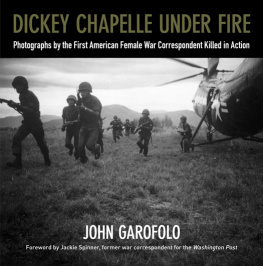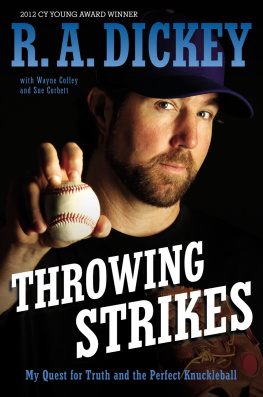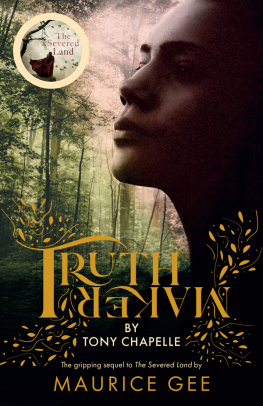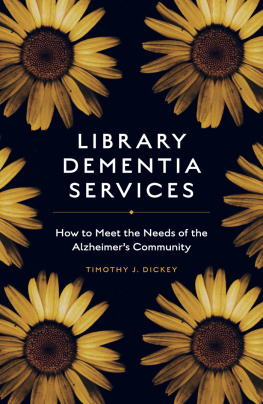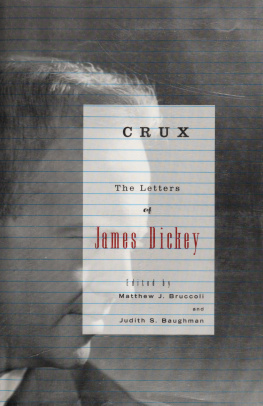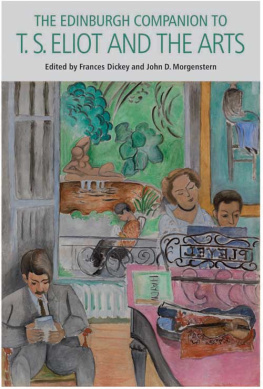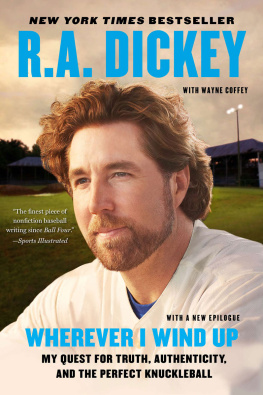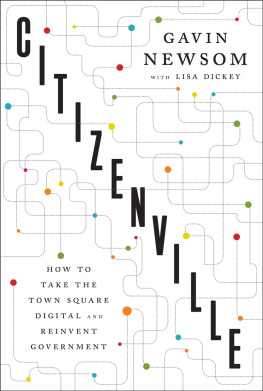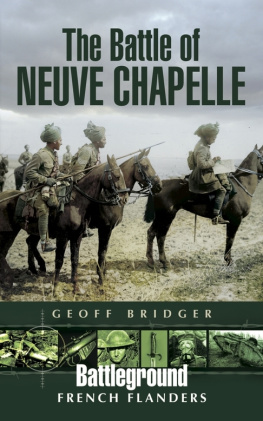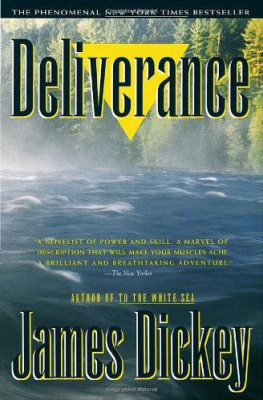Published by the Wisconsin Historical Society Press
Publishers since 1855
2015 Text by John Garofolo
E-book edition 2015
For permission to reuse material from Dickey Chapelle Under Fire (ISBN 978-0-87020-718-1; e-book ISBN 978-0-87020-719-8), please access www.copyright.com or contact the Copyright Clearance Center, Inc. (CCC), 222 Rosewood Drive, Danvers, MA 01923, 978-750-8400. CCC is a not-for-profit organization that provides licenses and registration for a variety of users.
www.wisconsinhistory.org
Photographs identified with WHi or WHS are from the Societys collections; address requests to reproduce these photos to the Visual Materials Archivist at the Wisconsin Historical Society, 816 State Street, Madison, WI 53706.
Designed by Ryan Scheife / Mayfly Design
Front cover photo: WHi Image ID 86868
Library of Congress Cataloging-in-Publication Data
Garofolo, John., 1957
Dickey Chapelle under fire : photographs by the first American female war correspondent killed in action / by John Garofolo ; foreword by Jackie Spinner, former war correspondent for the Washington Post.
pages cm
ISBN 978-0-87020-718-1 (hardcover : alk. paper)ISBN 978-0-87020-719-8 (ebook)
1. Chapelle, Dickey, 19191965. 2. Chapelle, Dickey, 19191965Pictorial works.
3. PhotojournalistsUnited StatesBiography. 4. PhotojournalistsUnited StatesBiographyPictorial works. 5. War photographyUnited StatesHistory20th century. 6. War photographyUnited StatesHistory20th centuryPictorial works. I. Title.
PN4874.C44G38 2015
070.4333092dc23
[B]
2015004429
For all veterans and wounded warriors,
brave men and women
who served their country
and those who continue their legacy
of service and sacrifice.
For the families who support them,
suffer their loss,
and serve as a constant reminder
of whats worth fighting for.
And for Diana.
I love you to infinity and beyond.
Acknowledgments
T o my editors, Carrie Kilman and Kate Thompson, who are as passionate about and committed to this project as I am. Our goal was to make a great book, and I couldnt imagine having done this without them. To Wisconsin Historical Society Press director Kathy Borkowski and marketing director Kristin Gilpatrick and the great staff at the Wisconsin Historical Society Library-Archives, Andy Kraushaar, Harry Miller, Jonathan Nelson, and John Nondorf in particular.
To the Milwaukee Press Club Endowment and to board member Martin Hintz, who not only helped renew interest in Dickey Chapelle in recognition of the fiftieth anniversary of her death, but also generously alerted me that the Wisconsin Historical Society Press was looking into the possibility of publishing a book of Dickeys photographs.
To the Meyer family, Martha, Betsy, Rob, Dewey, and especially Marion and the late Robert Meyer, who allowed me the privilege of working on Dickeys remarkable story and granted permission to use her photos and excerpts from her autobiography for this project.
To Ron Chapelle, Dickeys stepson, who very generously offered his perspectives on Dickeys life and shared anecdotes about his father, Tony Chapelle.
To reference librarian Sue Cornacchia, for her research assistance, and to my friend and colleague Jim Moloshok for sharing his digital media expertise.
To my lawyer and friend Ted Baer, a Vietnam-era Navy JAG, for continuing to be a trusted advisor in more than just business matters.
To Yelena and Diana Garofolo, who have enriched my life in more ways than I could ever express.
TO THE MEMORY OF DICKEY CHAPELLE
WAR CORRESPONDENT KILLED IN ACTION
NEAR HERE ON 4 NOVEMBER 1965
SHE WAS ONE OF US AND WE WILL MISS HER
From a plaque dedicated November 4, 1966,
by Wallace M. Greene Jr., commandant of the US Marine Corps
Contents
It was dawn before I fell asleep, and later in the morning I was only half-awake as I fed a fresh sheet of paper into the typewriter and began to copy the notes from the previous day out of my book. But I wasnt too weary to type the date line firmly as if Id been writing date lines all my life.
FROM THE FRONT
AT IWO JIMA MARCH 5
Then I remembered and added two words.
UNDER FIRE
They looked great.
D ICKEY C HAPELLE
Foreword
by Jackie Spinner, former war correspondent for the Washington Post
F or days I stared at a blank screen, unable to shake the image of Dickey Chapelle at the end of her life, curled in the dirt on an unremarkable battlefield in Vietnam. I should have been focusing on her life, beautifully detailed and documented through pictures in John Garofolos poignant anniversary tribute. But I was caught at her ending.
I flashed to the names of my friends and colleagues, killed in different wars decades later. Marie Colvin. Anthony Shadid. Chris Hondros. Anja Niedringhaus. I think of my own close calls, the risks I took as a correspondent for the Washington Post while reporting the wars in Iraq and Afghanistan, which I did on and off from 2004 to 2011. I am haunted, not by how close I came to dying, but why I didnt die. Chapelles death at age forty-sevenshrapnel to the neck a half century earlier after a Marine accidentally triggered a booby-trapwas a reminder of the randomness of who dies and who survives.
My friend Joao Silva, a photographer for the New York Times, survived after stepping on a landmine in Afghanistan in 2010 while on a patrol with the US Army. In the seconds after the mine detonated, he clicked three times, recording the moment. Snap. Snap. Snap. Silva lost both legs in the blast. After he was injured, I cofounded a combat photography exhibit in his honor that features the work of thirty civilian and military photographers and videographers from the frontlines of Iraq and Afghanistan. I created the exhibit with the help of a Marine combat veteran. Hes one of us, Lt. Col. Steve Danyluk told me, explaining why his Independence Fund, a nonprofit run by military veterans for severely injured military veterans, would care about a severely injured civilian photographer.
She was one of us, the Marines wrote on a marker where Chapelle died in Vietnam in 1965, the first female war correspondent killed in Vietnam and the first female correspondent killed in action anywhere. In Dickey Chapelle Under Fire, Garofolo reminds us that Chapelle knew the dangers posed by her profession, yet she was determined to follow each story as far and as long as it would take her.
In Vietnam fifty years ago or in Iraq ten years ago, reporters could be caught by sniper bullets or pinned down by gunfire. But I wonder what Chapelle would have thought about the new dangers of war reporting: the fear of being kidnapped and beheaded. When two Al Qaeda militants tried to kidnap me outside of Abu Ghraib prison in 2004 in Iraq, this was what I most feared, captured on grainy video. It was not an unimaginable fear. It happened to our colleagues James Foley and Steven Sotloff in Syria. And yet, we still write. We still document. We still go.
I have a photograph taken of me in the back of a Marine truck in the Iraqi city of Fallujah. Ive written my last name and blood type in black ink on a piece of duct tape on my bulletproof vest. Fallujah was hell, a battle I wasnt sure I would survive in 2004. And yet in the photograph, I am smiling, genuinely happy. When I see Chapelle smiling from photographs in

